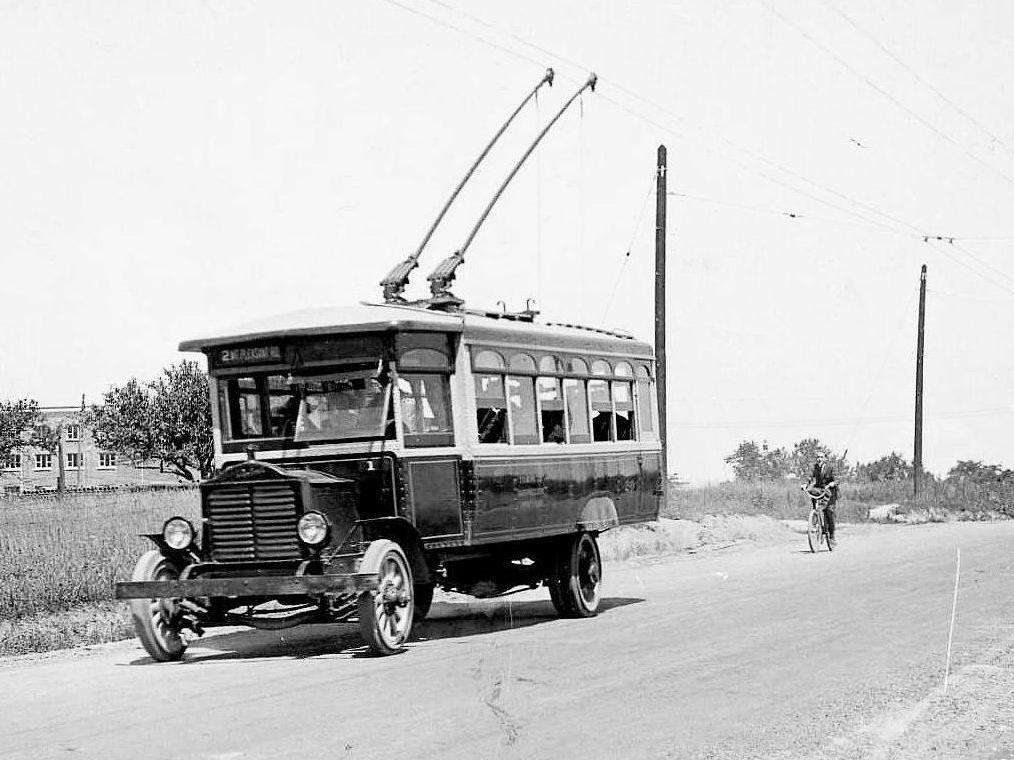When it comes to public transit, you can’t accuse Berlin of holding back on cash.
This week,
the city announced its transit masterplan for 2019 to 2023 (with a period of focus that actually extends to 2035), and a major overhaul of the city’s transit networks is in the cards. The funds allocated are generous, to say the least: Berlin is committing a remarkable €28.1 billion, or just under $32 billion, to transportation projects.
That huge investment won’t all come in one burst, of course, but will be spread out over the years between now and 2035. That still means a phenomenal €2 billion every year pumped into the system until 2035, a level of consistent investment that would make the average American public transit official weep with envy.
Berlin’s spending on improving public transit has always been generous—last year, for example, the city pledged €1 billion for new subway trains. The promised level of investment is still remarkable, even in Europe. London’s
Crossrail link, for example, is a major 74-mile heavy rail route due to open this autumn that has required the construction of new stations and new tunnels beneath the city core. Its initial budget was around
$20 billion. The
Grand Paris Express, a massive expansion of the French capital’s metro system into its suburbs that entails the opening of 65 new stations, will cost
around $28 billion. Both projects are seen as remarkable, even grandiose transformations of the way their cities connect to their regions. Their funding still falls comfortably short of what Berlin plans to spend in a metro region that has far less than half the population of either London or Paris.
So what does $32 billion buy you in Berlin? A fair bit, it seems. The headline item from the masterplan is a massive expansion of the city’s streetcar network. For years now,
Berlin’s trams have been spreading out from East Berlin—where the state retained them long after they were junked in the West. This trend is continuing, with major lines due in the western districts of Kreuzberg, Schöneberg, and Spandau. According to the plan,
the city’s the network in 2035 will be 28 percent more extensive than it is now, with the length of its lines increasing from 194 kilometers to 267 kilometers. When complete, Berlin’s tram lines placed end to end would be enough to cover the distance between Houston and Austin. Trams on this expanded network will also be more frequent than they are currently, as a major expansion of the fleet will increase Berlin’s current number of trams by 38 percent.
There will also be significant extensions to the S-Bahn—the city rail network that, while running somewhat more commonly above ground and being somewhat more suburban in reach than the U-bahn, is actually quite difficult to tell apart from the subway in both function and frequency. Berlin’s new S-Bahn lines will be concentrated in the north and run mainly on a north-south axis. In a spirit of pragmatism, they won’t be newly constructed, but mainly consist of former railway lines that have been left unused in the past few decades.
Bus services will likewise get a complete overhaul. The plan calls for every bus in the city to be electric by 2030, while more lines will have their timetables packed to ensure a bus at least every 10 minutes. For far-flung parts of the bus network where stops and passengers are few, the city will also experiment with a hail-a-bus service, by which passengers in less-frequented areas can summon a mini-bus (hopefully within a short waiting time) by letting the depot know they’re there.





